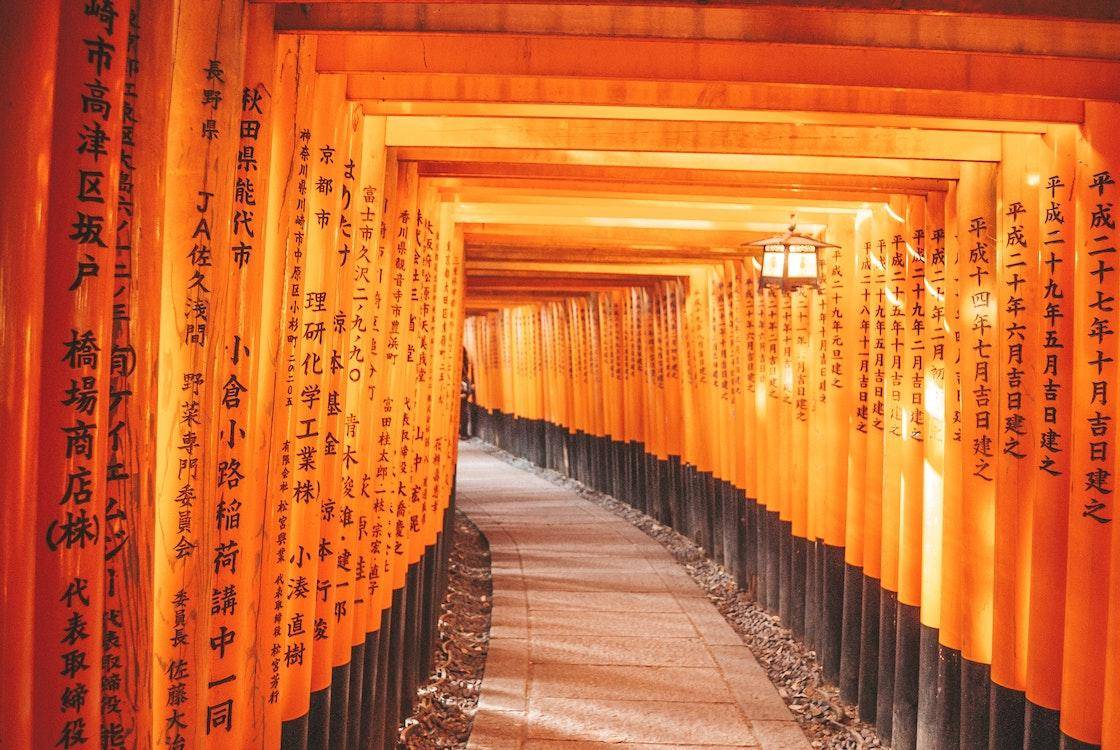If you venture along the old quiet Telok Ayer Street, you may still catch a glimpse of one of Singapore’s oldest food establishments, the 90 years old Tan Hock Seng bakery. In November 2021, this old shop will close for good, serving the locals for the past 90 years and passing through 3 generations. It is an iconic brand no less, and one that took decades and nearly a century to hone. And it will be gone. Brands, need time to build, and good brands that last, need LOVE to build. What then, is the power of heritage in a brand?
The heritage of Mochi
If you are a fan of Japanese cuisine, you must have heard of mochi (餅, もち). It is a sticky gelatinous food usually eaten with green tea as a form of dessert, or as part of a savory soup. It is made of glutinous rice, heavily pounded until the sticky texture is obtained, and flavored and colored with various natural foods. It is made in a process called mochitsuki (餅つき), or the labor of making mochi. Mochi was traditionally made and used as offerings during the New Year celebrations. You may find mochi similar to Muah Chee (麻糍) from Taiwan, Tang Yuan (湯圓) from China, or Kueh/Kuih/Kue (糕) from South East Asia – they share the same roots.
1000-years old Mochi in Kyoto
So, given how old Mochi is in the history of Asia, it may still surprise some that really old establishments exist in Japan. For example, Ichiwa Aburi-Mochi (一和, full name 一文字屋和輔), outside the famous Shinto Imamiya Jinja or Shrine (今宮神社), has been open for 1,000 years.
Ichiwa serves sweet savory charcoal grilled Aburi-Mochi on skewers, much like our South East Asian meat satay, with Japanese green tea in a pot. Ichiwa’s Aburi-Mochi is still made in the traditional way passed down generation to generation for 25 generations, without modernizing or automating like so many modern or family businesses may have done outside Japan.
See a video on Ichiwa’s Aburi-Mochi:
240-years old Turkish sweets shop in Istanbul
On central Asia, you have something “newer”, but nonetheless old enough to warrant attention. It is Haci Bekir. Their Lokum (Turkish Delights), seized its claim to fame during the Ottoman Empire. If you have tried their Rose Lokum, they are fragrant, gentle, soft, and pretty. They make great gifts as well as desserts you want to indulge in. They have evolved to adapt to the decades, with traditional recipes made right, as well as adapting to modern diet requirements (sugar-free).
See a video on Haci Bekir:
The power of 傳承 (heritage) and 家訓 (family rules)
So what, you may ask? Why not automate or modernize? Why not “pivot” as pounded by some die-hard folks who believe everything must be AI, robotics, coding, or ecommerce? Plenty of good reasons, but ONE single reason will suffice – branding.
There is power in heritage, and there is power in consistency, that builds a brand that endears and endures through time. We have a saying, 台上一分鐘,台下十年功, which is loosely translated to it takes 10 years to hone skills enough to stand up to deliver a 1-minute speech on stage. This is true for martial arts, sports, ballet, piano, calligraphy, or making food like Turkish delights or Mochi.
In the Chinese philosophy of 傳承 (heritage), the 2 Chinese words depict a passing the baton to another, who receives it with 2 hands in respect and humility. In the Japanese concept of 家訓 (family rules), which were well known during the samurai era, it is similar, which is a set of rules or recommendations handed down from family elders (such as parents) to their children, as rules of engagement and survival.
5 Recommendations for heritage brand building
What then, can heritage and family rules mean for building a brand? We have these learning lessons from these brands:
- Keep going. When the going gets tough, don’t give up! The fittest survive. Whether this crisis or the next, persevere.
- Repeat the best. When you have something good that other people appreciate, keep doing that, and do it until you deem it as close to human perfection as possible.
- Retain and adapt. Times change, and so how we survive needs to change. But never compromise standards, best practices, or tradition. Tradition is what these 1,000 or 240 years old businesses stand on and people admire. For example, while Haci Bekir keeps its tradition, it has products made sugar-free to adapt its products for those who are on a diet or need to keep to insulin-friendly lives.
- Nurture. A long-lasting brand needs time, and we have to build from scratch from ground zero, and brick by brick, inch by inch, we build things up. This means we have to nurture BOTH people and the business (entity). It is often not about how much money there is, but how genuine we are in passing the skills and experience to the next generation.
- Relationships count. The reason why Ichiwa or Haci Bekir can last, is all about relationships. Whether family members or employees, everyone are bonded by the trials of fire in business, and the strengths lent to each other heartbeat by heartbeat over time. There is no shortcut to a lasting, harmonious relationship. Treasure every encounter.
There are hundreds or thousands of such centuries or older brands in the world. Most of them started from families, and evolved over time without succumbing to the lures of modern ills. We can learn from these brands, and build ours the same, to last.

